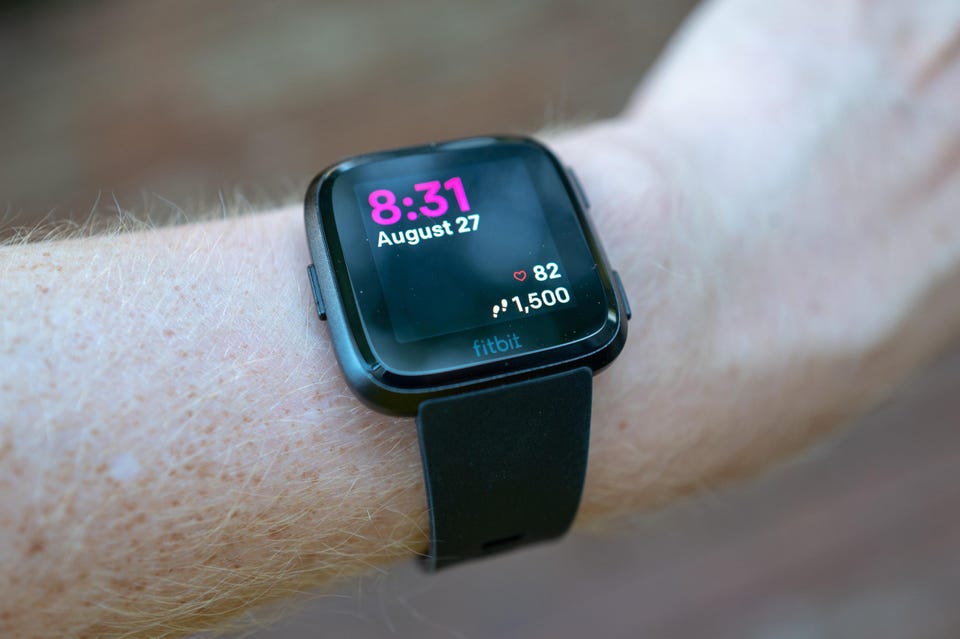Forget Apple Watch: Fitbit Could Beat Apple To Game-Changing New Feature


How’s your blood pressure? If you want to check it, you need a blood pressure cuff. While there are several smartwatches which can measure this, most notably Samsung, almost all need you to calibrate your blood pressure once a month with a standalone cuff. Swiss company Aktiia has a clever device that measures it in the background (avoiding white coat syndrome) but you still need to check it against a cuff every 30 days. Aktiia supplies a wireless-enabled cuff with the Aktiia band.
MORE FROM FORBESApple Makes Surprise Change That Will Affect iPhone 15 UpgradesBy David Phelan
Now, a newly revealed patent shows that Fitbit is working delivering a blood pressure monitor in a smartwatch that doesn’t need the monthly calibration.
Actually, there is one other device that does this, the Huawei D. It has a strap which inflates to measure your blood pressure. It’s clever, but not quite comfortable enough to wear every day.
Anyway, Fitbit’s new patent, spotted by GizmoChina, suggests that blood pressure tracking from nothing but a wearable is on the horizon, no cuff required. Where “a traditional blood pressure cuff works by squeezing an artery with a varying amount of pressure and ‘listening’ for the strength of the patient’s heart beating against that pressure,” as the patent says, this device works differently.
The patent shows a wearable device that has a pressure sensor in the display. The user presses the sensor with their index finger, where the radial artery is, placing it sideways on the sensor. Instructions will follow as to how much pressure should be applied and the heartbeat is measured through a photoplethysmogram (PPG) sensor that works optically.
This means the sensor can divine systolic and diastolic readings, which is what makes up a blood pressure measurement.
The patent says, “A user applies a variable pressure to his or her blood vessels while a PPG sensor measures the amplitude of blood volume pulses. The resulting PPG signal and associated pressure data is used to calculate blood pressure. Standard approaches to determining blood pressure from oscillometric data can be used.”
So, will Fitbit implement this before Apple gets round to it (the Cupertino giant is believed to be working on adding this capability to a future Apple Watch)? Well, it’s hard to know. First of all, deciphering accurate blood pressure information isn’t always easy, so—patent or no patent—Fitbit will have plenty of testing to do before it releases the feature in one of its wearables.
And secondly, it’s not clear how advanced Apple is in its work, though the company is known for its belief that what’s important is not do it first but do it right. But with so many companies working on simple, accurate blood pressure monitoring on the wrist, it’s beginning to feel like a case of when, not if, it will arrive.
